Homemade Lava Lamps
As an extension from the children’s increased interests in small world experiences from book week (18th - 23rd August) that included a sensory aspect & the children's enthusiasm and involvement in science week (9th - 15th August). As a class we began exploring the bodies 5 senses of sight, smell, hearing, taste and touch.
Observation: Yesterday we created a big group lava lamp, but without one ingredient we didn’t see the reaction. So we decided to try again. Today we created smaller lava lamps, using Bi-carb, vinegar, oil and food colouring, through this process the children were able to watch the chemical reaction of the bi-card and vinegar. When the food colouring drops were added to the oil in the bottle it created little balls that rose from the bottom to the top. Floating up and down in the lava lamp. As we watched the experiment, I asked the children what they could see.
Child Voice:
Child 4 “it was going up and down so fast, the orange one was my favourite”.
Child 5 “we make them, they looked like lights”.
Child 1 “this one looks like beer, it looks like mud in this one and beer in this one, it’s yellow”.
Child 2 “making them with food colouring and they look yellow”
Child 3 “we got to pick the colour, they looked purple, blue and green”.
Child 7 “putting drops in”
Child 8: “going up and down, we added oil for frying pans, and bi-carb something, then it went up and down in the bottle”.
Analysis of learning:
Through this experience the children engaged in critical thinking. Through engaging in this lava lamp science experiment, the children strengthened their skills in observing, hypothesising, and incorporating new information. Experiences that bring to light contexts that can be applied in real-world situations. Transferring and adapting what they have learnt from one context to another. With opportunities for hands on and active learning to explore their 5 senses further, developing a greater understanding of their own bodies and their ability to see, smell, hear, taste and touch.
Extension of learning:
To continue exploring this visual concept of learning as a class, we will facilitate continuous opportunities to promote the stimulation of the children’s 5 senses, e.g: Jelly on a plate, sink and float experiments, sensory and water play exploration and light box investigation.
Outcome Links:
EYLF: 4.1, 4.3, 5.3
QKLG: 4.1, 4.2, 5.3

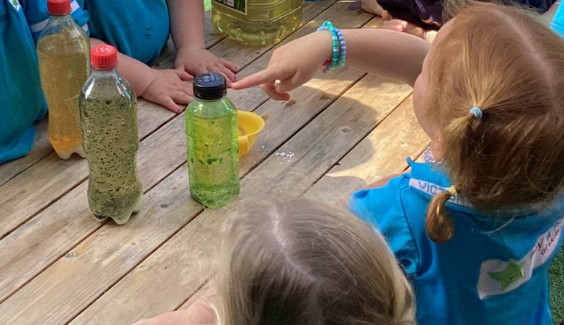
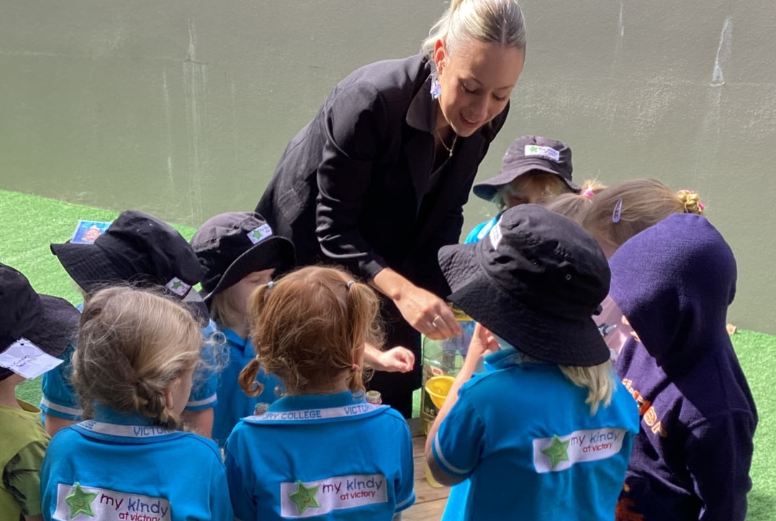
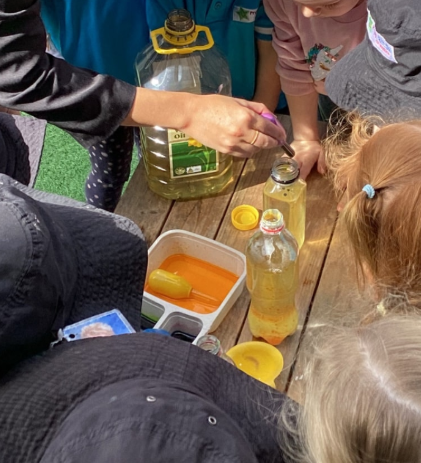
"I can't say enough about the outstanding service I received from your company. Their team went above and beyond to meet our needs and exceeded our expectations."
Benjamin Wood
"I can't say enough about the outstanding service I received from your company. Their team went above and beyond to meet our needs and exceeded our expectations."
Emma Thompson
"I can't say enough about the outstanding service I received from your company. Their team went above and beyond to meet our needs and exceeded our expectations."
Oliver Hartman
Sink & Float Sort
Observation: To extend on the children’s interest in creating Lego boats and experimenting if they sink or float, I set up a sink or float task. The children used a range of different weighted objects experiment whether them item floats or sinks when placed in the water.
Child Voice: Sink & Float experiments
Child 2: “the magnet sinks, because it’s too heavy but the magnetic ball floats”
Child 2: “the net floats, but with all the stuff in it in it sinks not floats”
Child 2 found that the net alone floats but when filled with items it becomes heavier and sinks.
Child 6: “it makes bubbles, the ball is floating”. “The rocks sinking - but dirt floats”
Child 6 discovered that although the rocks sunk, the dirt off the rocks floats on the water.
Child 3: “A rock sinks, it goes all the way down to the bottom”.
Child 3: “if I fill it up with water it still float, the net full of rocks sinks”
Child 3 found that the net alone floats but when filled with rocks it becomes heavier and sinks.
Child 8: “the egg floats, becayse irs an egg, it’s supposed to float”
Child 8 predicted the plastic egg would float because he said all eggs float, transferring and adapting what he has learnt from one context to another .
Child 2: “The leaves float”
Child 5: “The wood floats”
Child 2 & 5 discovered that lighter items like wood and leaves float
Analysis of learning: This experience promoted the children’s inquiry skills as they engaged with a range of different weighted objects, some lightweight and some heavy. The children could then hypothesise and problem solve which object will sink or float when placed into the water. Then placing them on the float or sink tray, creating a float or sink sort. Distinguishing which objects float or sink, developing positive dispositions towards their learning.
Extension of learning: To extend on the children’s findings in this sink and float sort, I will create a boat building experience. The children will lean on their prior knowledge from what they have learnt in trial-and-error findings in the sink and float. The boat making experience will use provocation and child-led inquiry with the use of a range of recyclable and natural materials for the children to create a boat, to then trial in a water.
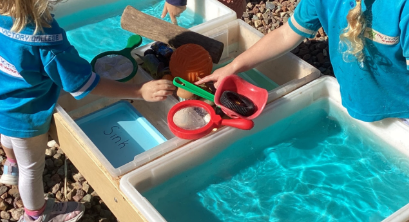
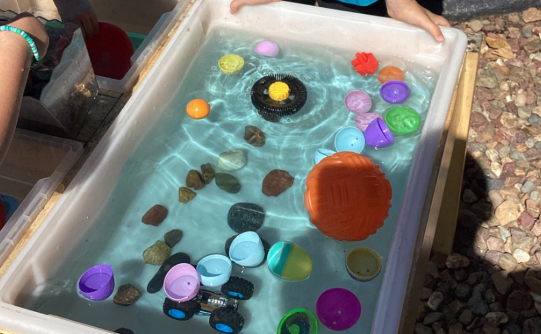

New Collection
Don't miss out on the chance to save while enjoying the quality and service you love. Keep an eye on this space for the latest updates and grab these amazing deals while they last!
Create Your Own Website With Webador